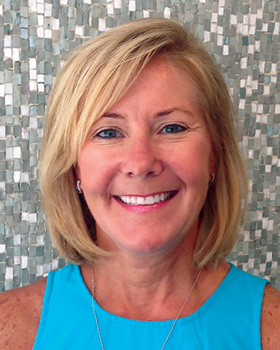Home oxygen: Could pilot boost argument for template?

By Theresa Flaherty, Managing Editor
Updated 10:29 AM CDT, Wed August 16, 2023
 WASHINGTON – Industry stakeholders hope an upcoming pilot project by CMS will test the use of a standardized template for home oxygen therapy – something that would go a long way toward clearing up gray areas in coverage, they say.
WASHINGTON – Industry stakeholders hope an upcoming pilot project by CMS will test the use of a standardized template for home oxygen therapy – something that would go a long way toward clearing up gray areas in coverage, they say.
CMS has a two year, nearly $4 million contract with Mettle Solutions, a health care information and technology solutions company, to launch the pilot and AAHomecare has scheduled a meeting with the company to learn more about it, says Kim Brummett, senior vice president of regulatory affairs for the association.
“The industry wants to play a role and we want to make sure the pilot isn’t just one supplier or only looking at large or small suppliers,” she said. “The other opportunity is to leverage our e-prescribing vendors. It would be a great time to start conversations with our e-prescribing vendors, Mettle and CMS to say, ‘Is there a way to use what the e-prescribing vendors have already created in some form or fashion? Can we not build on what exists rather than recreate?”
While the specific details of the pilot aren’t known, Melanie Combs-Dyer, who was a big proponent of standardized templates with clinical data elements while at CMS, is the director of innovation at Mettle Solutions.
Using a template with CDEs could help to eliminate gray areas that have been intensified by the end of the COVID-19 public health emergency, as well as a new national coverage determination and local coverage determinations for home oxygen, says Brummett.
“You might see that there’s a saturation level and that there’s an order there for oxygen, but you might not see those exact words in the medical record,” she said. “So, the reason that suppliers want to have clinical data elements transmitted is because you can pick those elements out of a record. The MACs will never say, ‘We’re looking for this sentence.’”
Eliminating such gray areas can reduce the risk of differing interpretations that put providers at risk, says Ronda Buhrmester, senior director of payer relations and reimbursement for VGM & Associates.
“While we are thankful to have a medical policy for reference, many times it’s left up for interpretation, which causes debates between the supplier and practitioners and the suppliers and beneficiaries,” she said. “By using the CDE template for oxygen, this would resolve the debates and ensure the beneficiaries get access to the care that is needed timely while ensuring the correct documentation completed and unfavorable decisions due to lack of medical necessity would be reduced.”
Comments